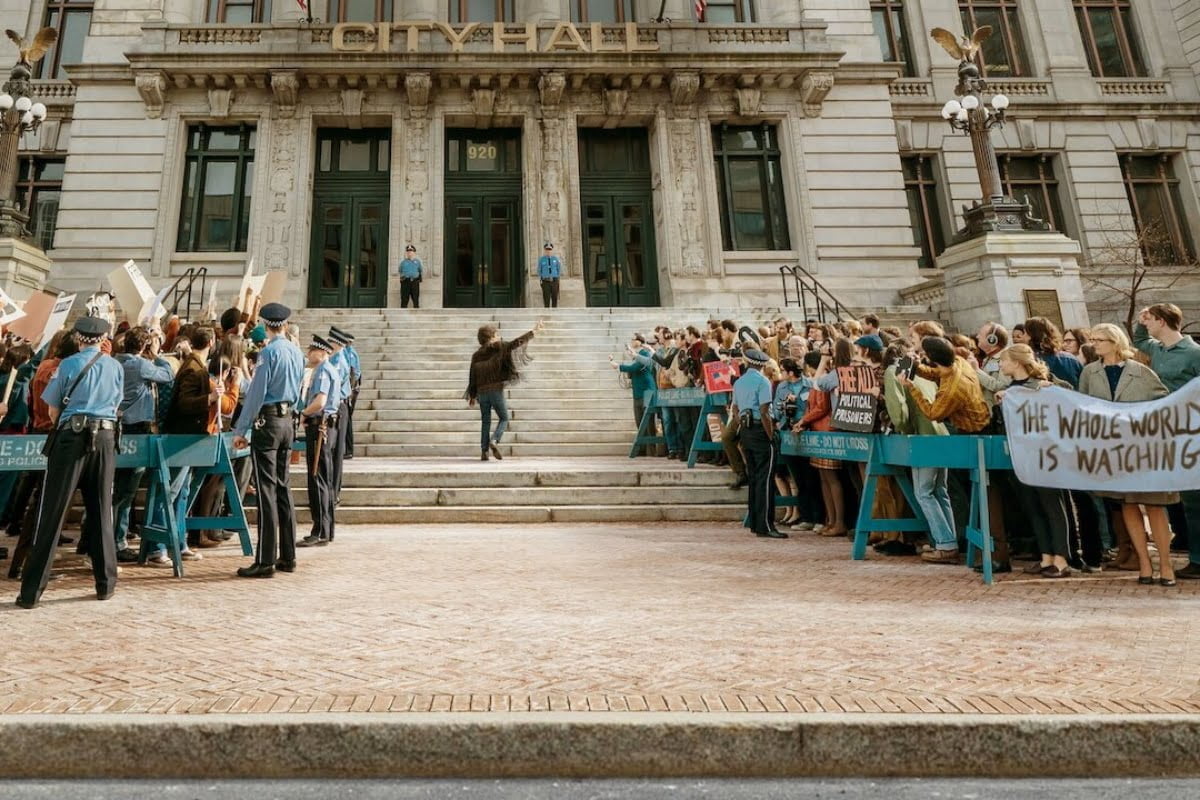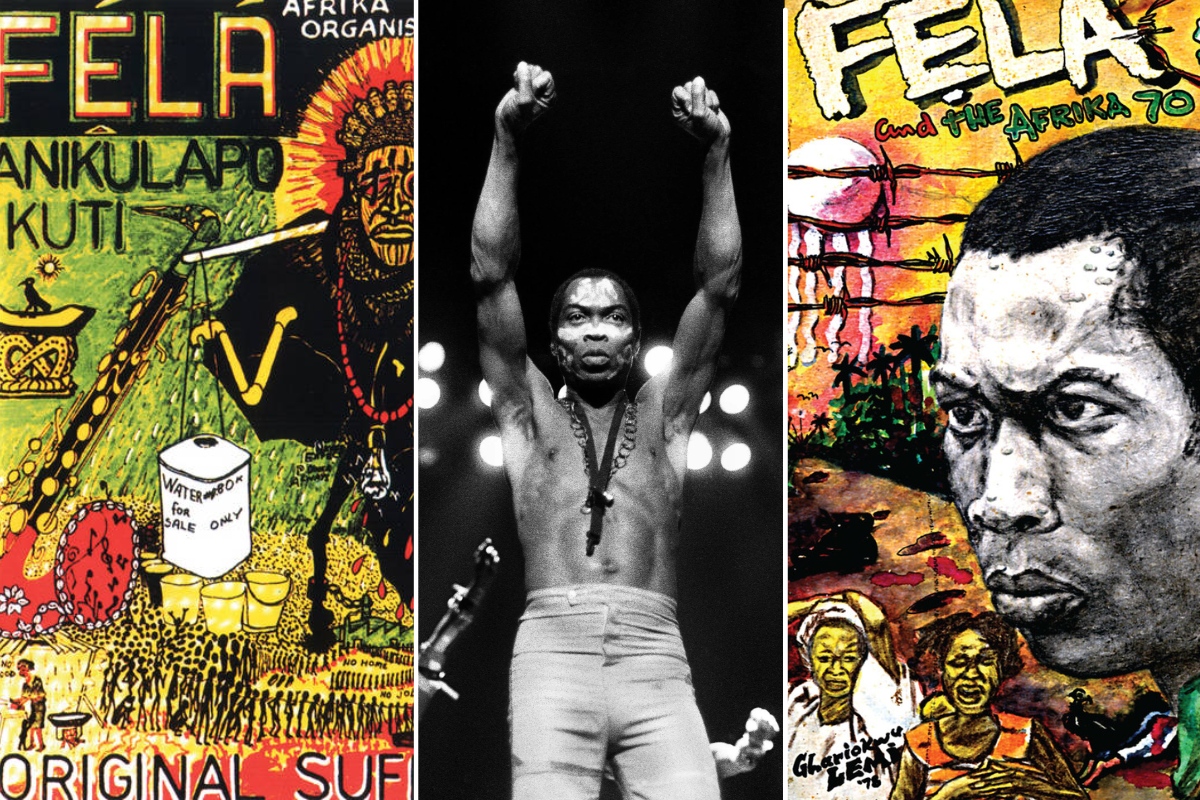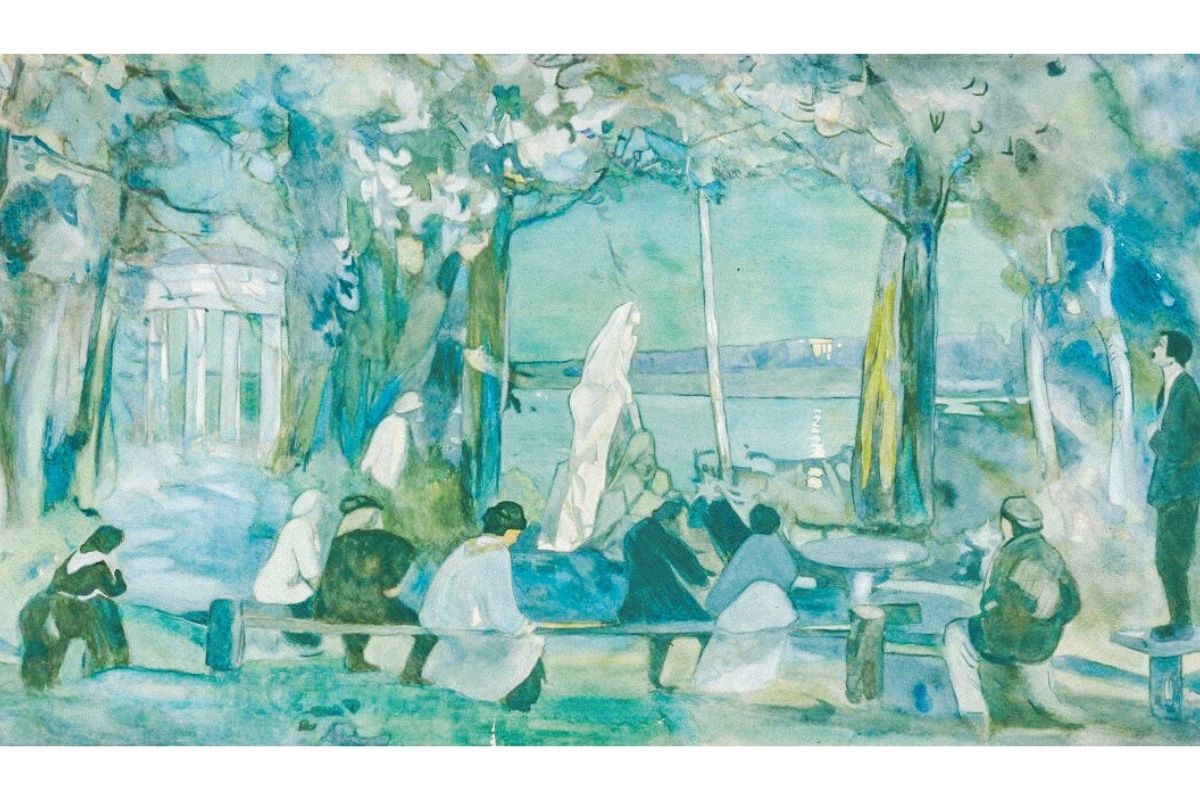The latest film from Aaron Sorkin, creator of ‘The West Wing’, depicts the events of the 1969-70 ‘conspiracy trial’ against anti-war activists in the USA: another clear example of the racist and reactionary nature of the capitalist legal system.
Aaron Sorkin’s new film The Trial of the Chicago 7 (Netflix / Paramount, Cert 15.) is based on one of the most controversial trials in US history – one that the establishment would now prefer to forget.
Writer / director Sorkin is best known for being the creator (and writer for most of the early episodes) of the much-acclaimed TV series The West Wing, which sought to show – albeit in a positive light – how things operated in the White House.
Sorkin has since migrated to film, first as a writer then as director. But much of the feel of The West Wing has followed him. Most of the characters in The Trial of the Chicago 7 (particularly the defence lawyers) act in the same way as those in his former TV show: middle class, ultra-intelligent, and prone to talking at length.
The film also tries to have an upbeat feel to it in its final scenes. Yet the reality of the trial was very different. However chaotic it comes across in Sorkin’s film, the actual events were far crazier.
This provides a glimpse of the reality of the US judicial system – one based on class rule, oppression, and the power of the rich.
Stitch-up
 The trial flowed from the violent events of August 1968 outside the Democratic Party convention in Chicago, where thousands of anti-war protestors had gathered to make a stand. Fearful that the protestors would link up with black civil rights activists, Mayor Daley sent the police in hard to smash and beat up as many protesters as they could.
The trial flowed from the violent events of August 1968 outside the Democratic Party convention in Chicago, where thousands of anti-war protestors had gathered to make a stand. Fearful that the protestors would link up with black civil rights activists, Mayor Daley sent the police in hard to smash and beat up as many protesters as they could.
The violence shocked the US public. The establishment, fearful of revolution, spied an opportunity to push back against the growing opposition to the system from workers and youth.
The Grand Jury was tasked with looking at whether any crimes – by both sides – had been committed. In reality, they were looking to target the leadership of the anti-war movement. The opportunity presented itself with a clause in the misnamed Civil Rights Act, which made it a federal crime to cross state boundaries to incite a riot, or conspire to incite a riot.
The conspiracy part of the offence was important, as it removed the need to actually prove anything. Interestingly, Trump wanted to use the same conspiracy offence to clamp down last summer on Black Lives Matter protestors.
Vicious
The authorities left nothing to chance. Having handed down the indictments, the trial was put in the hands of one Judge Juluis Hoffman, a reactionary racist and vindictive representative of the US legal system. In the film, Hoffman (played by Frank Langella) is presented as suffering from senile dementia. But the real Judge Hoffman had all his vicious wits about him.
The Conspiracy Trial, as it was to be known, was a sick joke from beginning to end. Part of the problem was that some of the main defendants brought their hippy idiocy tactics with them. Instead, they should have made a class appeal to the youth and to black workers.
Their tactics played into the hands of the authorities, who were looking to make an example of them, whilst placating the fears of the petit-bourgeois and the rich elite.
One of the defendants – Bobby Seale, the eighth member of the Chicago Seven – took a different approach to some of the others, speaking directly to black workers across the US. Having protested that he had no adequate legal representation, he was bound and gagged in court for several days to prevent him from speaking out.
This medieval barbarity was so embarrassing to the authorities that they then found a technicality to remove him from the trial. But not before finding him guilty of contempt of court and giving him four years in jail – and so the Eight became Seven.
The outcome was never in doubt. The trial was conducted with no attempt to stick to established precedents and rights.
The defendants were found guilty. And, in a final twist of the knife, both the defendants and their defence attorneys were also found guilty of contempt of court and punished accordingly. One defence lawyer was given four years just for calling the judge “Mr. Hoffman” rather than “Your Honour”.
Injustice
The film ends with a serious misjudgement. It implies that in the end the system works: most of the sentences were revoked – albeit only after a long struggle in some cases – and everybody was set free. Judge Hoffman and others were positioned to take the blame for this on “technicalities”.
However, the truth was that the establishment, including President Nixon and Mayor Daley, were initially happy with the outcome. Seeing that their aim had been achieved anyway, they then panicked that the conduct of the trial might have long-term repercussions for them. They now wanted this trial forgotten about – a minor slip up in the great US legal tradition, which of course it was not – so that it would not return to haunt them in the future.
But we must not let these events be forgotten. US legal history is one long parade of injustices, and biased rulings; a clear application of class warfare by the rich against the poor and oppressed. It is a racist and reactionary system, reflecting the capitalist system that it serves to defend.
The Conspiracy trial of the Chicago Eight (then Seven) stands as one of the more overtly blatant examples of this. But it is still just one of many such examples over the years and decades, right through to today.
Certainly no one can seriously deny the political nature of the trial. As journalist John Shultz put it in his 1972 account of what went down:
“The Conspiracy Trial itself was a cumulative action on the part of the defence to make it a political trial, and on the part of the government to keep it thoroughly political by denying that it was.” (Motion Will Be Denied, Morrow, New York)






